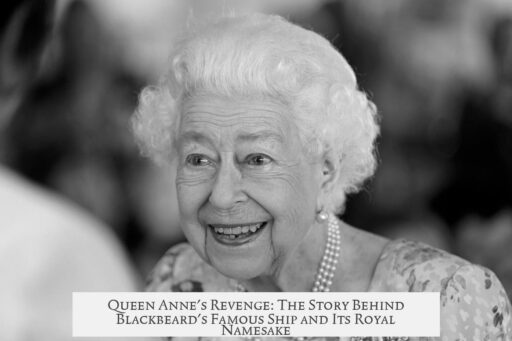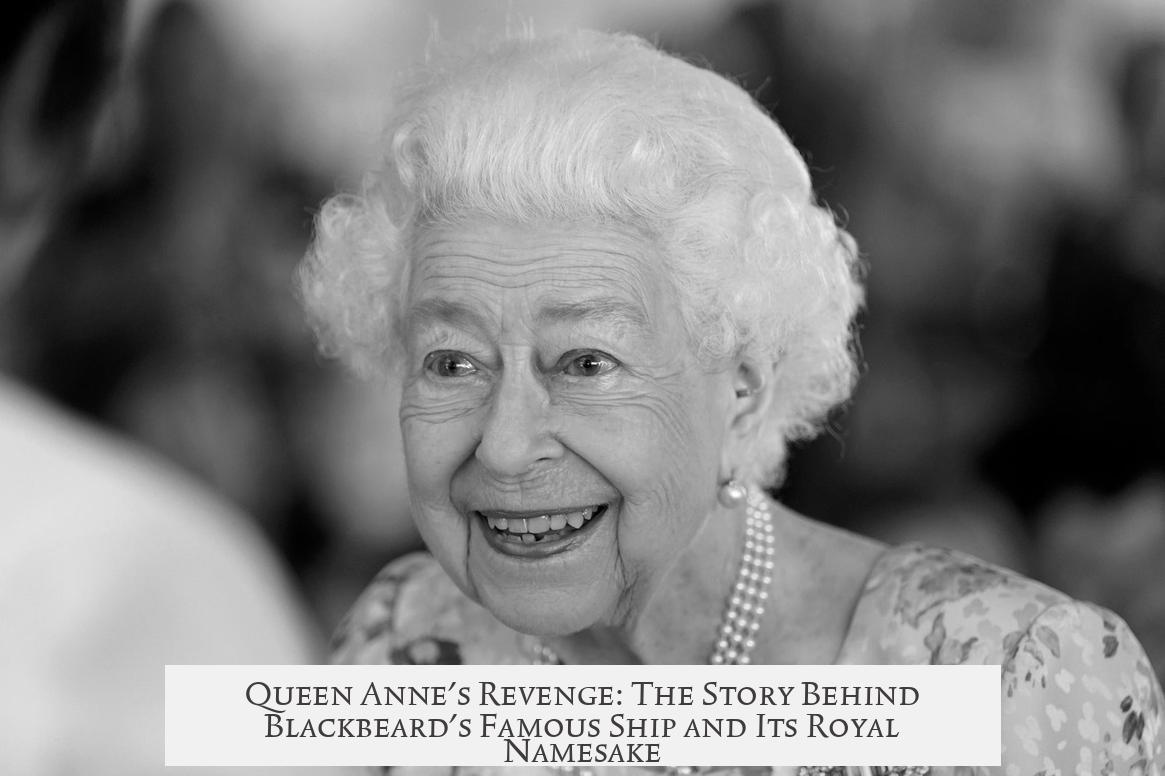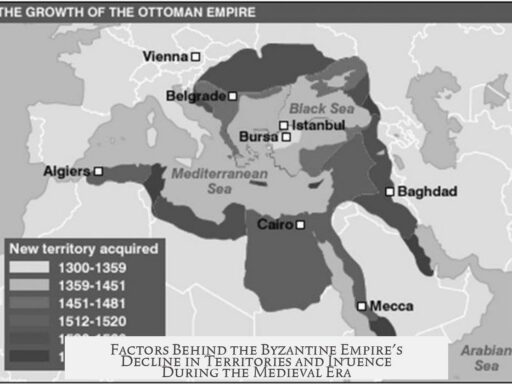Blackbeard’s ship, the Queen Anne’s Revenge, was named after Queen Anne, the last monarch of the Stuart dynasty who ruled Great Britain. Queen Anne united England, Scotland, and Ireland under her reign. She ruled during a time of religious and political tension due to her family’s Catholic background in a largely Protestant nation.
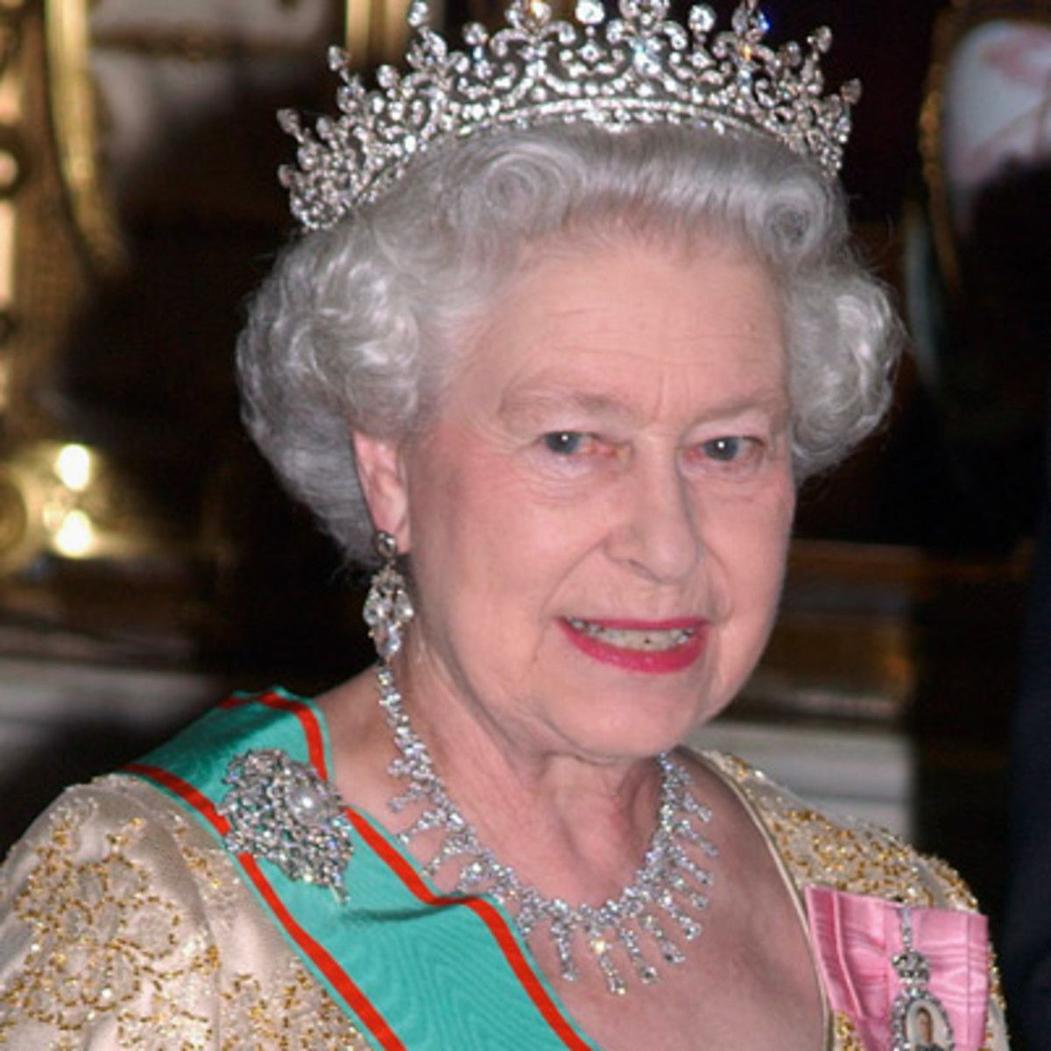
Queen Anne was the daughter of James II, a Catholic king removed from power due to fears over Catholic influence. Anne herself was Protestant and accepted as queen. Her reign marked the final chapter of the Stuarts. After her death, the throne passed to the Protestant House of Hanover, starting a new dynasty.
The Act of Settlement in 1701 shaped this succession. It excluded Catholics from the throne, disinheriting many Stuart heirs. This law heightened divisions, fueling the Jacobite movement. Jacobites supported the Catholic Stuarts’ claim to the throne, rejecting the Hanoverians.
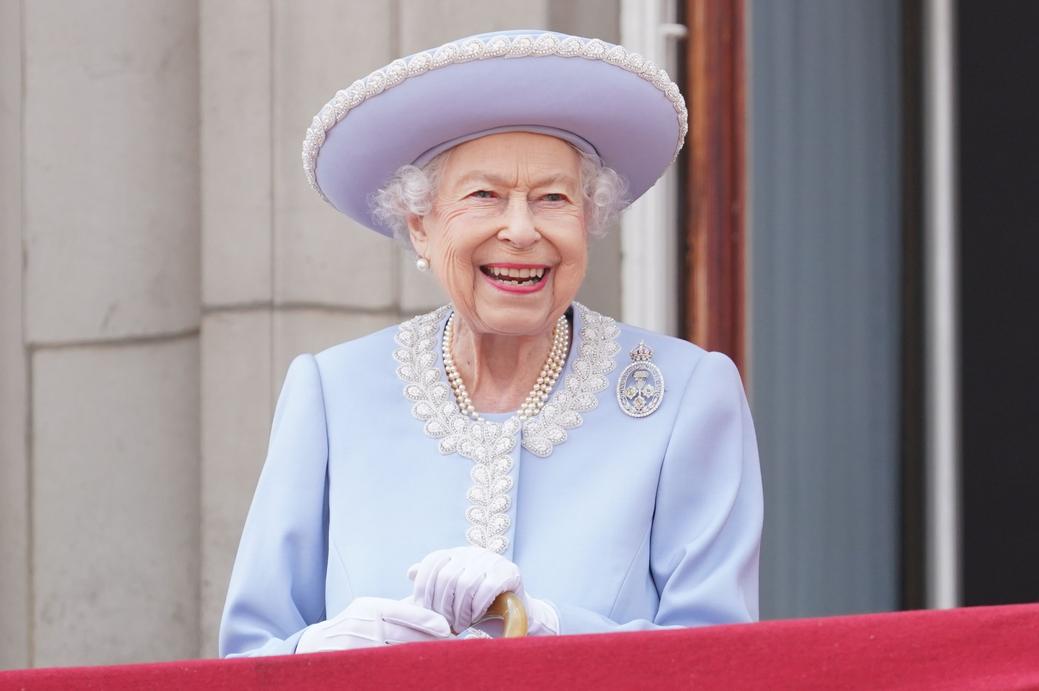
Jacobite sympathizers ranged from nobles to pirates. Some pirates named their ships after Stuart monarchs to show allegiance. Blackbeard’s use of the name Queen Anne’s Revenge belonged to this tradition. The “Revenge” part likely symbolizes retaliation against the new ruling powers who displaced the Stuarts.
Blackbeard’s ship may have represented defiance against the Hanoverians and a nod to the old dynasty’s unresolved claims. Pirates like him operated on the fringes of society, making such symbolic choices to challenge authority and seek retribution indirectly.
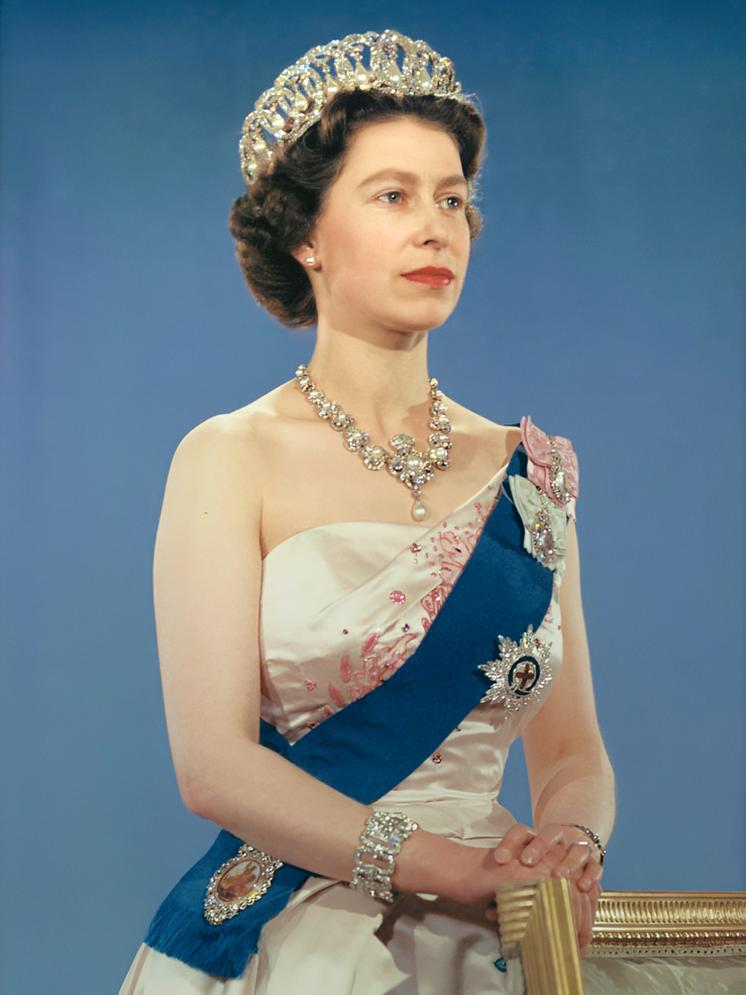
| Key Points |
|---|
|
Blackbeard’s Ship: The Queen Anne’s Revenge — Who Was Queen Anne, and Why the “Revenge”?
Blackbeard’s infamous ship, the Queen Anne’s Revenge, proudly bore a name that echoes a complex slice of British history. But who was Queen Anne, and what kind of revenge might she—or her era—have needed? Let’s unravel this tangled tale.
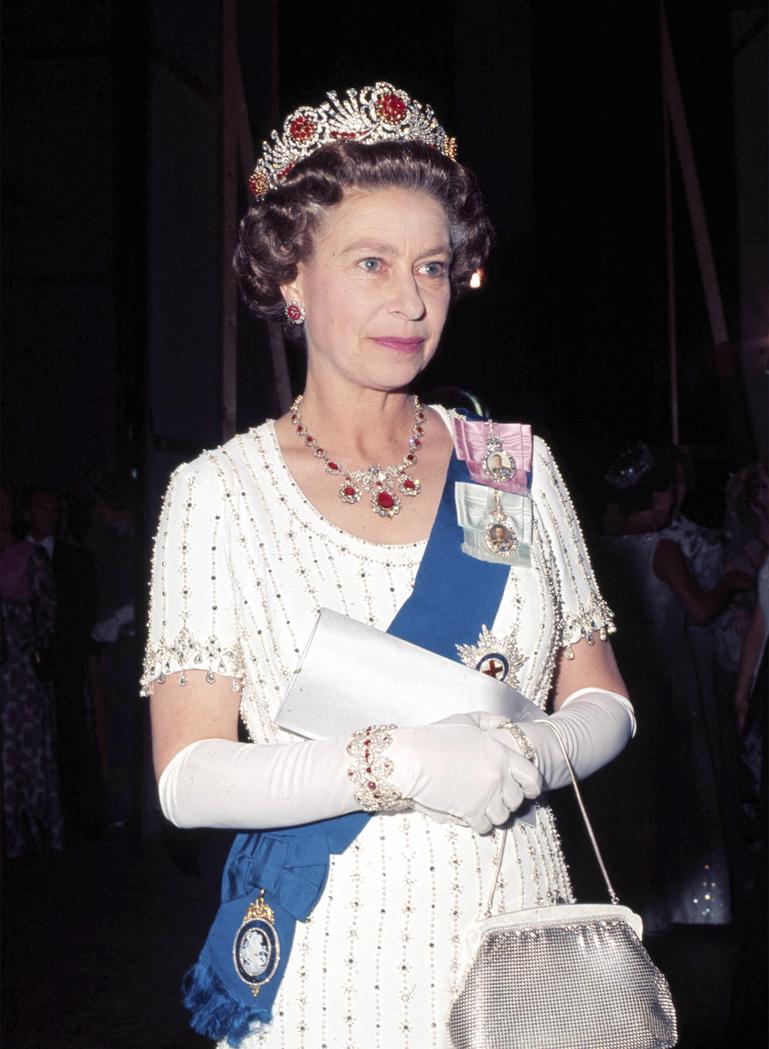
At first glance, the name suggests a regal payback. But the story dives deeper than the pirate’s plunder. Queen Anne was no fictional character conjured for dramatic flair—she was the actual Queen of Great Britain during a politically and religiously turbulent time.
Queen Anne: The Last Stuart Monarch
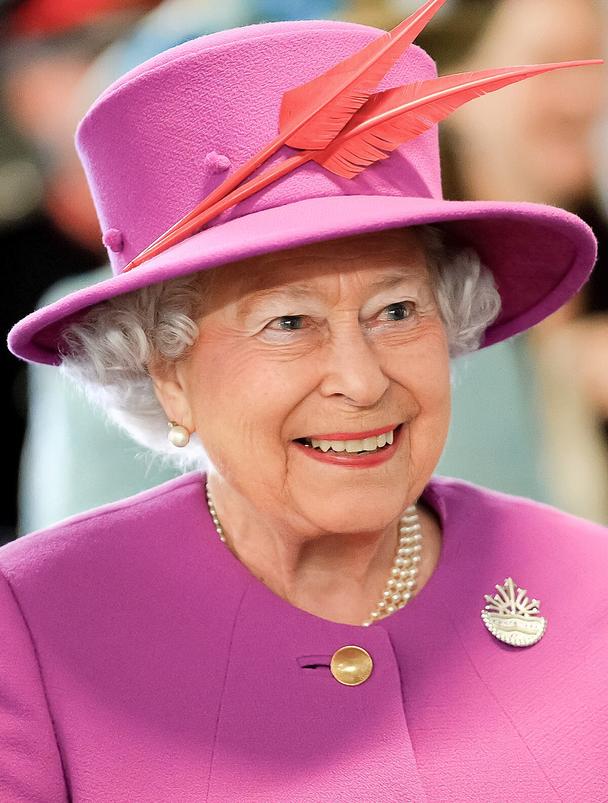
Queen Anne ruled over the newly unified Great Britain, a kingdom forged by merging England, Scotland, and Ireland. This unity happened under her reign, marking a critical turning point in British history. She was the last ruler from the Stuart dynasty, a royal line deeply involved in the religious and political conflicts of the era.
Now, here’s the twist: the Stuarts, including Anne’s father James II (also James VII of Scotland), leaned Catholic. This made things tricky because Britain was mostly Protestant—and quite suspicious of anything Catholic back then. In fact, James II’s Catholicism caused his downfall; he was replaced by Anne’s Protestant sister, Mary II. This religious shuffle was far from smooth.

Queen Anne herself was Protestant, which made her acceptable to the ruling powers despite her Stuart bloodline. However, she had no surviving children, and so her death in 1714 ended the Stuart reign. The crown passed to George of Hanover, a German prince and Protestant distant relative, ushering in the House of Hanover. This move was a turning point—no more Stuarts on the British throne.
The Act of Settlement 1701: Setting the Stage for Exclusion
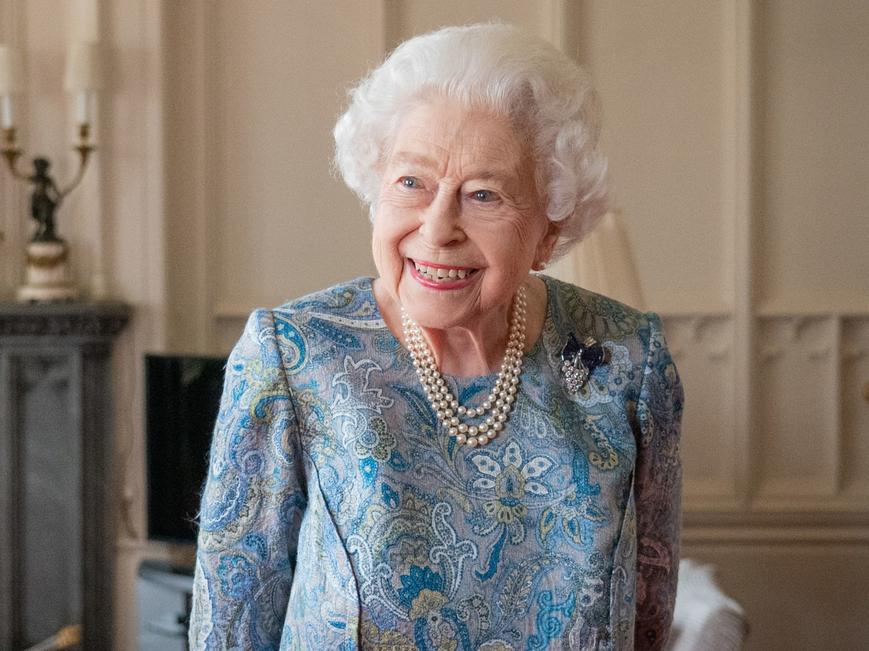
The Act of Settlement, passed in 1701, was a royal edict with one primary job: prevent Catholics from ever sitting on the British throne again. The Act disinherited all Catholic Stuarts except Anne, who was seen as an acceptable Protestant monarch. This law was born of religious fears and political maneuvering.
This act paved the way for the Hanoverian succession, explicitly barring any Catholic lineage (which, in their eyes, included much of the Stuart family) from ruling. It was a legal “stonewall” against any attempt by the Catholic Stuarts to reclaim power.
Jacobitism: The Ghosts of the Disinherited Stuarts
But history seldom closes a chapter completely. The disinherited Stuarts, called Jacobites (from “Jacobus,” the Latin version of James), didn’t just vanish. They kept their claim alive, sparking a movement dedicated to restoring the Stuart monarchy. Jacobite supporters were scattered across Britain and abroad, nursing their loyalty like a secret flame.
Here’s a juicy tidbit: some pirates even flew Jacobite banners or named their ships after Stuart monarchs. Why? Because they saw the Hanoverians as bogus rulers. For these pirates, their pirating wasn’t just robbery—it was a political act. They were fighting against what they perceived as illegitimate government.
The Queen Anne’s Revenge: A Stirring Symbol
Now, Edward Teach, better known as Blackbeard, was one of the most feared pirate captains in history. When he named his ship Queen Anne’s Revenge, it wasn’t merely a catchy moniker. The name likely tied the vessel symbolically to the last Stuart monarch and possibly to the Jacobite cause.
“Revenge” here might not refer to Queen Anne herself seeking vengeance but rather a metaphor for the final thunderbolt from the fading Stuart dynasty. Think of it as their last fiery hurrah, exacted through piracy. Blackbeard’s ship could be seen as a floating emblem of resistance, defiance, and maybe even a sly political statement.
Why Would Queen Anne Need Revenge?
This question opens a door to historical interpretation. Queen Anne died peacefully, with no dramatic personal vendetta. Her reign ended the Stuart line peacefully but left many loyalists angry and disenfranchised.
The “revenge” could be the collective fury directed at the new status quo, symbolized by Blackbeard’s lawless defiance of British authority. Pirates like Blackbeard disrupted trade and challenged the order maintained by the House of Hanover. Naming the ship after Queen Anne may have been a nod to the Stuart cause, channeling that lost dynasty’s spirit.
Interestingly, piracy wasn’t only about treasure—it was often political theater. By naming his flagship the Queen Anne’s Revenge, Blackbeard instantly tied his piratical enterprise to a specific historical grievance. The ship’s name celebrates the last Stuart monarch… *and* issues a rallying cry against those who ousted her family.
What Does This Mean for History Buffs and Curious Minds?
- Blackbeard’s Queen Anne’s Revenge is more than a pirate ship; it’s a symbol loaded with political and religious meaning tied to early 18th-century Britain.
- The name bridges the world of naval warfare, monarchy, religion, and rebellion—all wrapped in the colorful cloak of piracy.
- The “revenge” is not literal but symbolic, representing frustrated royalists and Jacobites resisting what they saw as unjust rule.
Next time you picture Blackbeard’s ship, remember: it’s sailing not just to loot but carrying the ghost of a dynasty—and a reminder of a kingdom deeply divided by faith and power.
Wrap-Up: The Queen, The Revenge, and The Legend
In short, Blackbeard’s ship, Queen Anne’s Revenge, is a splashy tribute to a controversial queen in a turbulent time. Queen Anne’s reign was the last flicker of the Stuart dynasty, overshadowed by religious struggles and political shifts cemented by laws like the Act of Settlement.
The “revenge” is best understood as a symbolic fight against the new order, a stand by pirates and Jacobites unhappy with the lost Stuart glory. It reminds us how even a pirate ship’s name reflects deep currents of history, faith, and identity.
So, could Blackbeard’s infamous vessel be a pirate’s rebellion disguised as royal homage? History suggests yes.
Who was Queen Anne in British history?
Queen Anne was the last monarch of the Stuart dynasty. She ruled Great Britain after its unification of England, Scotland, and Ireland. Her reign marked the end of the Stuarts and the start of the Hanoverian line.
Why is Queen Anne associated with revenge in Blackbeard’s ship name?
The “revenge” likely refers to the Stuart dynasty’s anger over losing the throne. Blackbeard’s ship name might symbolize a fight against the new Hanoverian rulers, seen as illegitimate by some.
What was the Jacobite movement and how did it relate to piracy?
Jacobites were supporters of the Catholic Stuart claim to the throne. Some pirates named ships after Stuart monarchs and even worked with Jacobite exiles to justify attacking British vessels.
How did religion affect the succession after Queen Anne?
The Act of Settlement excluded Catholics from the throne. This pushed the Protestant House of Hanover to power, ending Catholic Stuart rule and causing conflict with the Jacobite supporters.
Was Blackbeard’s ship explicitly linked to the Jacobite cause?
While not definitively proven, the name “Queen Anne’s Revenge” reflects sympathy for the Stuarts. Pirates like Blackbeard sometimes used such names to show hidden support for the Jacobites.
